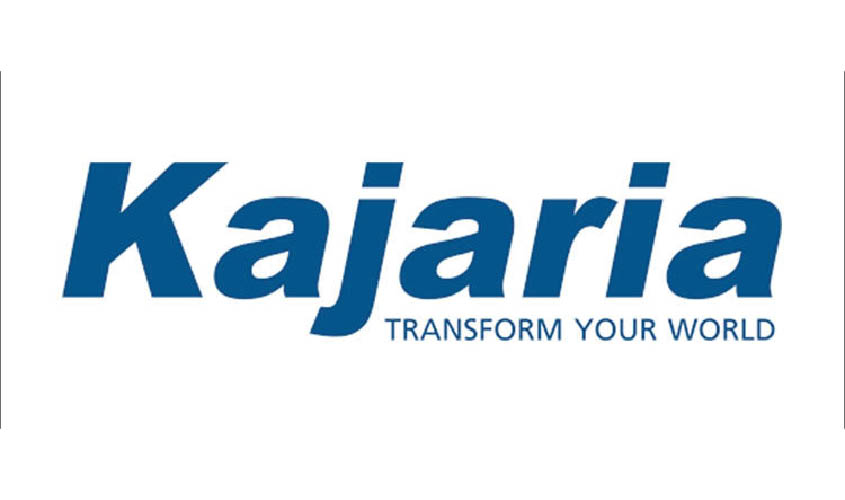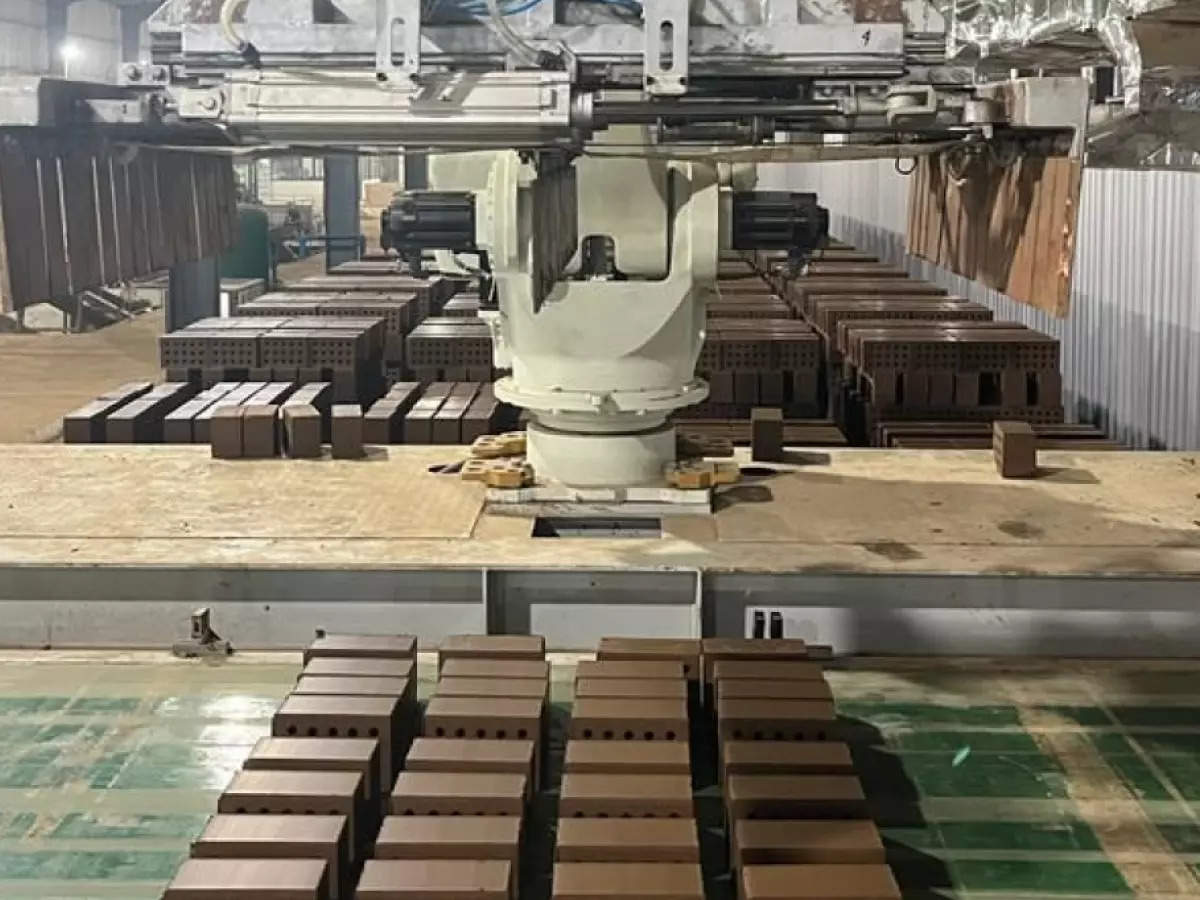E - PAPER
Start-up Creates Concrete That Reduces Carbon Emissions
Westwood-based startup CarbonBuilt Inc. has a concrete plan for reducing carbon emissions. The company, which was spun off in late 2019 from a UCLA research team led by civil engineer professor Gaurav Sant, has developed a process for injecting concrete with carbon di
 BY
Realty Plus
BY
Realty Plus
Published - Wednesday, 14 Apr, 2021

Westwood-based startup CarbonBuilt Inc. has a concrete plan for reducing carbon emissions. The company, which was spun off in late 2019 from a UCLA research team led by civil engineer professor Gaurav Sant, has developed a process for injecting concrete with carbon dioxide emissions from power plants or other industrial facilities.
The idea is to sequester the carbon dioxide emissions into concrete that can then be sold to builders and other construction contractors. This process reduces the cost for cement, concrete, power generation and other industrial plant operators to comply with mandates to reduce carbon emissions.
After completing two pilot projects demonstrating the technology, CarbonBuilt in February hired veteran climate tech executive Rahul Shendure to commercialize the technology.
CarbonBuilt is spurred on by its involvement in a $20 million XPrize competition sponsored by Houston-based NRG Energy Inc. and Canada’s Oil Sands Innovation Alliance, which is headquartered in Calgary, Alberta.
This XPrize will be awarded for the best technology to convert carbon dioxide emissions into usable products. The XPrize Foundation, which hosts several prizes, is headquartered in Culver City.
CarbonBuilt, which is currently housed at the California Nanosystems Institute’s Magnify incubator on the UCLA campus, is one of several companies or teams that have qualified for the final round of this XPrize competition. Other contestants include at least one company — CarbonCure Technologies Inc. of Dartmouth, Nova Scotia — that is also trying to inject carbon dioxide into concrete.
CarbonBuilt’s approach has been to use low-cost hydrated lime as a base material for the manufacture of concrete, then inject carbon dioxide emissions from an industrial process to cure the concrete into usable form.
Carbon dioxide ends up permanently stored in the concrete, reducing emissions from the concrete manufacture process by 50% to 70%. According to Shendure, the up-front capital investment to set up CarbonBuilt’s process is between $1 million and $2 million, significantly less than what power or cement or concrete plants spend on equipment to take carbon dioxide out of their emissions.
CarbonBuilt believes that once the process is up and running at commercial scale, operators of these facilities will recoup their up-front investment and possibly more through the sale of the concrete produced.
RELATED STORY VIEW MORE
NEWS LETTER
Subscribe for our news letter
E - PAPER
-

CURRENT MONTH 
LAST MONTH















